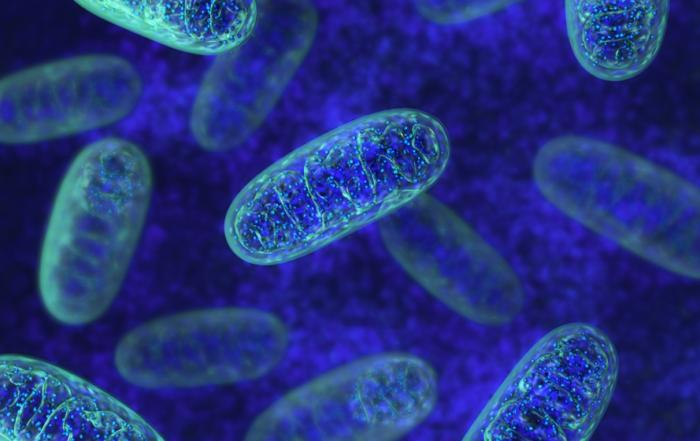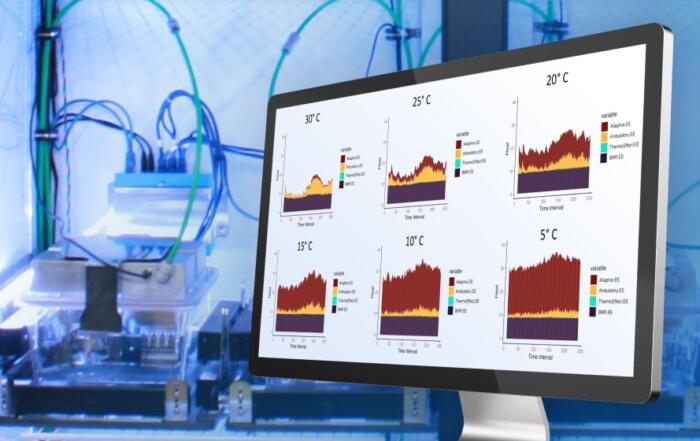Dr. Reilly Enos and Dr. Eran Levin discuss estrogen's metabolic impact and how isotopic labeling and 13C-labeled nutrients can be used for animal physiology and nutrition research.
Reilly Enos, PhD – Harnessing the power of estrogen to regulate metabolic processes
Dr. Reilly Enos’ research focuses on the role that sex steroids and their receptors play in regulating metabolic processes, particularly in the setting of obesity. In this webinar, Dr. Enos will discuss his research on tissue-specific fluctuations of sex steroids throughout the estrous cycle in mice, provide insights into the importance of the quantity of estrogen necessary to impact physiological processes, as well as an understanding of the central versus peripheral effects of estrogen action.
Eran Levin, PhD – Unlocking Insights: Utilizing 13C Labeled Nutrients for Cutting-Edge Physiology and Nutrition Research
Dr. Eran Levin will discuss the potential of using 13C-labeled nutrients in physiology and nutrition research in animal models. Specifically, he will share practical tips for designing and conducting experiments using isotopic labeling techniques and demonstrate how they can provide unprecedented insights into metabolic pathways, nutrient utilization, and behaviors in both vertebrate and invertebrate models including insects, reptiles, and mammals.
Key Topics Include:
- The role that estrogen plays in regulating metabolic and behavioral processes in males and females
- The tissue-specific fluctuations of sex steroids throughout the estrous cycle
- Insight into the importance of tissue-specificity in developing hormonal therapies
- The importance of estrogen quantity in regulating physiological processes
- Understand the diverse range of 13C labeled nutrients available
- Specific applications of labeled amino acids in studies of protein metabolism, cellular signaling, and typical nutrient utilization
- How to integrate 13C labeling techniques with respirometry for a comprehensive assessment of metabolic processes, energy expenditure, and substrate utilization in animal models
- How to calculate metabolic rates in free-flying animals using 13C bicarbonate
Resources
To retrieve a PDF copy of the presentation, click on the link below the slide player. From this page, click on the “Download” link to retrieve the file.
Presenters
Assistant Professor
Pathology, Microbiology, Immunology
University of South Carolina, School of Medicine
Head of the Nutritional Ecology Lab
School of Zoology
Tel-Aviv University








